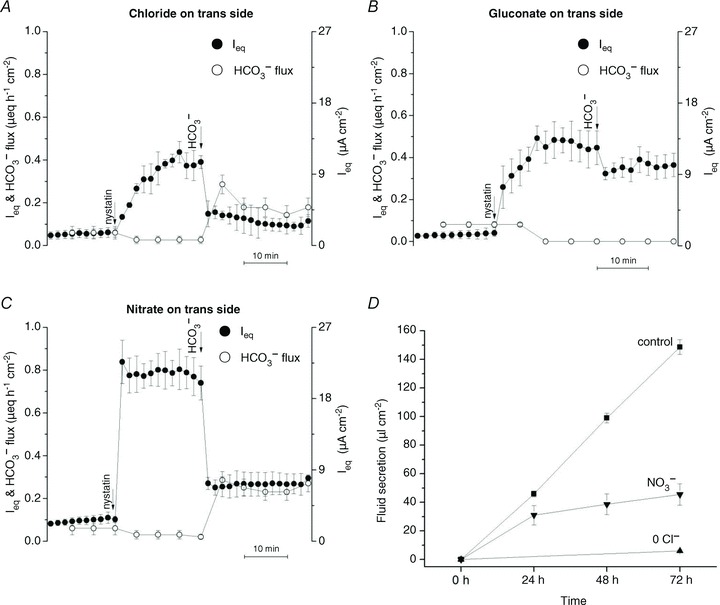Figure 8. Basolateral anion exchange mediates forskolin-stimulated anion and fluid secretion by Calu-3 cells.

A and B, monolayers were incubated in HCO3−/CO2-free or Cl− and HCO3−/CO2-free solutions, respectively, and gassed with 100% O2. The apical membrane was permeabilized using nystatin (100 μg ml−1), and HCO3− was added to the apical side, which was switched to bubbling with 95% O2–5% CO2. HCO3− flux to the basolateral side was increased in the presence of basolateral Cl− (A, n= 4), but not when Cl− was replaced with gluconate (B, n= 4). C, monolayers were incubated in HCO3−/CO2-free solutions, in which Cl− was replaced with NO3− (n= 4). The apical membrane was permeabilized and HCO3− re-introduced as described in A and B. Basolateral HCO3− flux was observed under these conditions, indicating HCO3−/NO3− exchange. •, Ieq; º, HCO3− flux. D, fluid secretion was observed during the first 24 h after Cl− was replaced with NO3− but was nearly abolished after gluconate replacement. ▪, normal medium; ▴, low-Cl− gluconate medium; ▾, low-Cl− nitrate medium (n= 4 each condition; means ± SEM).
